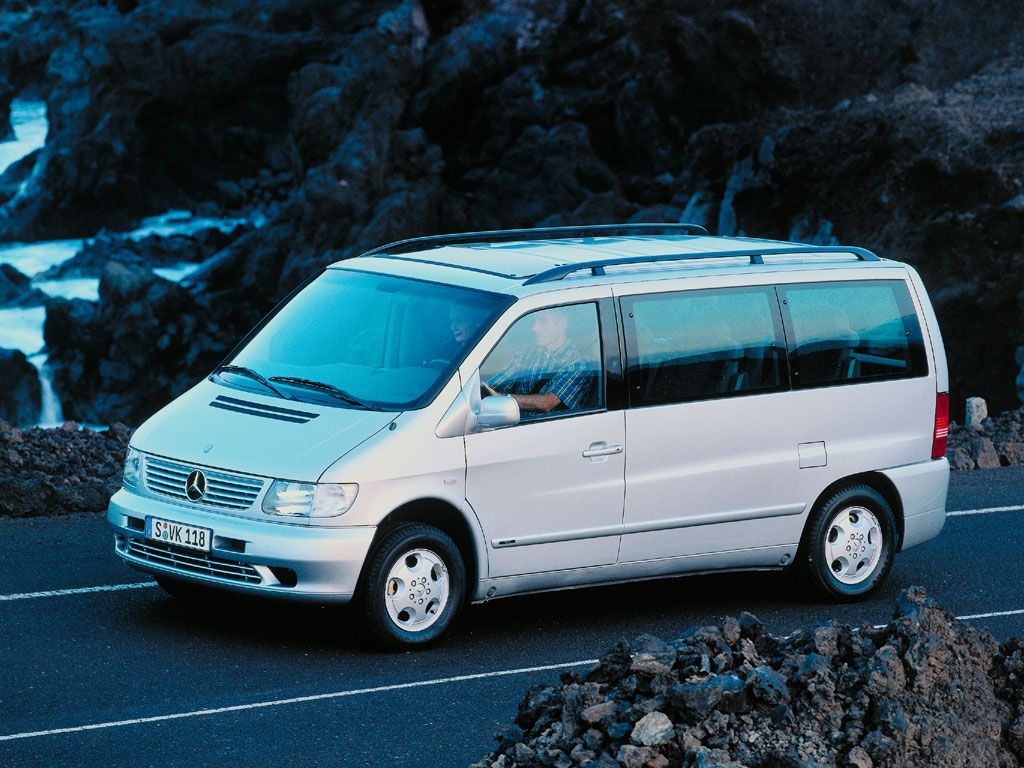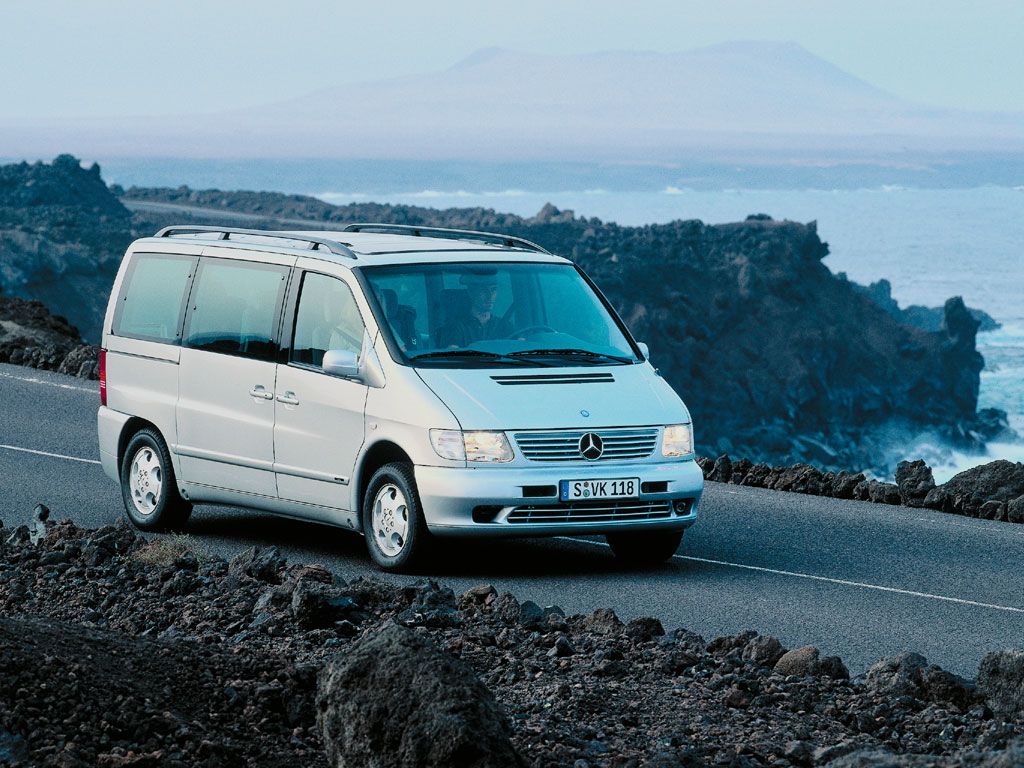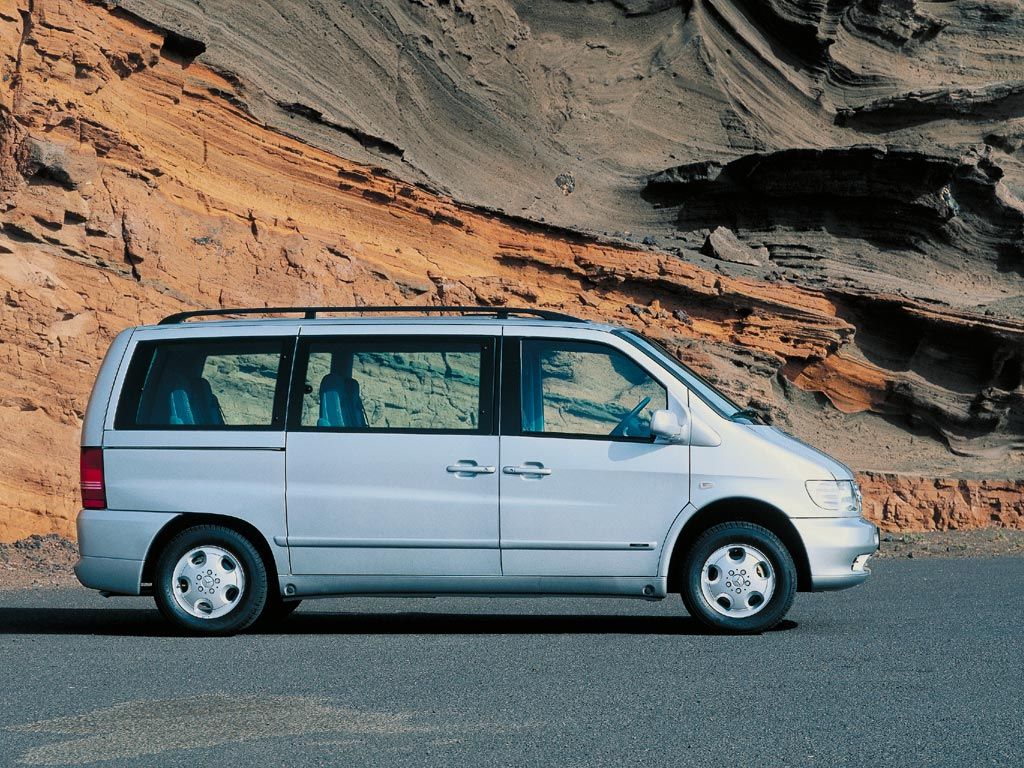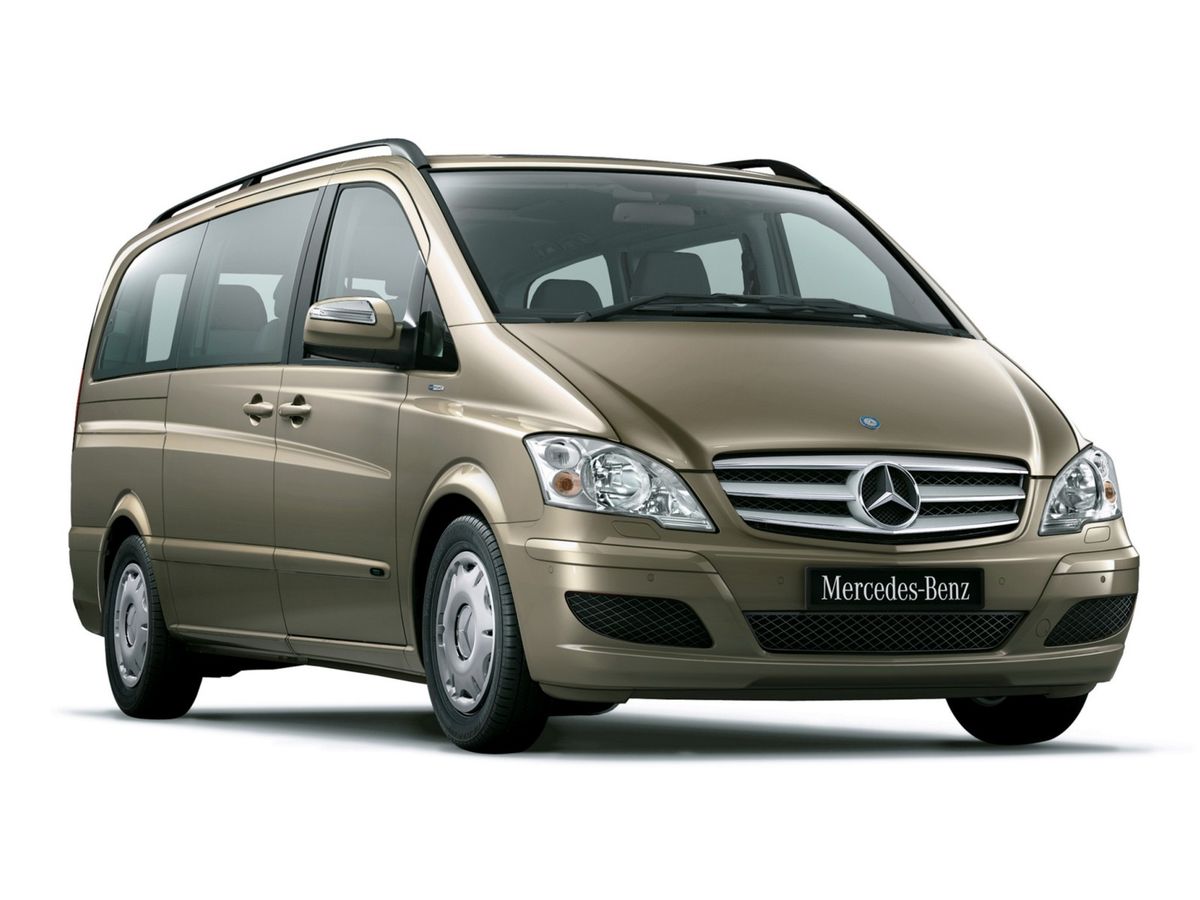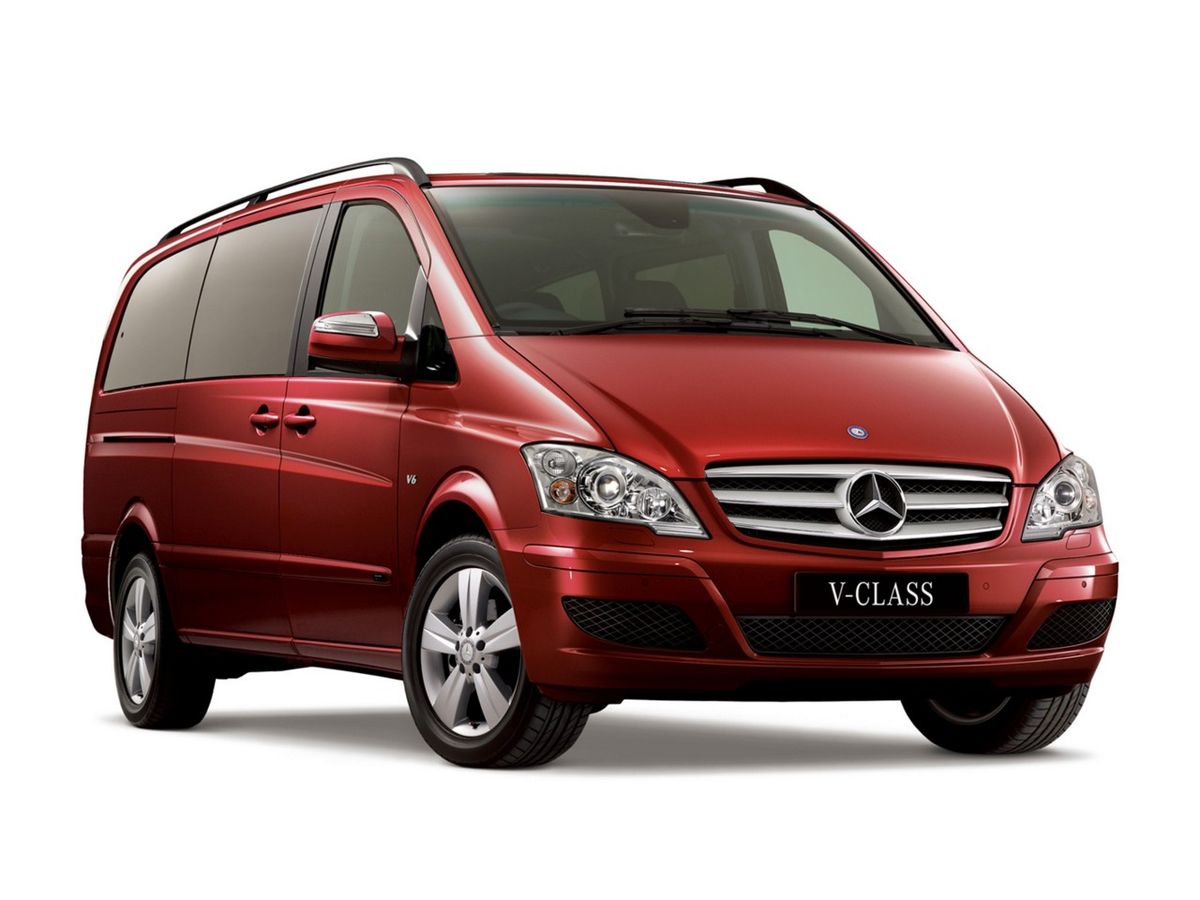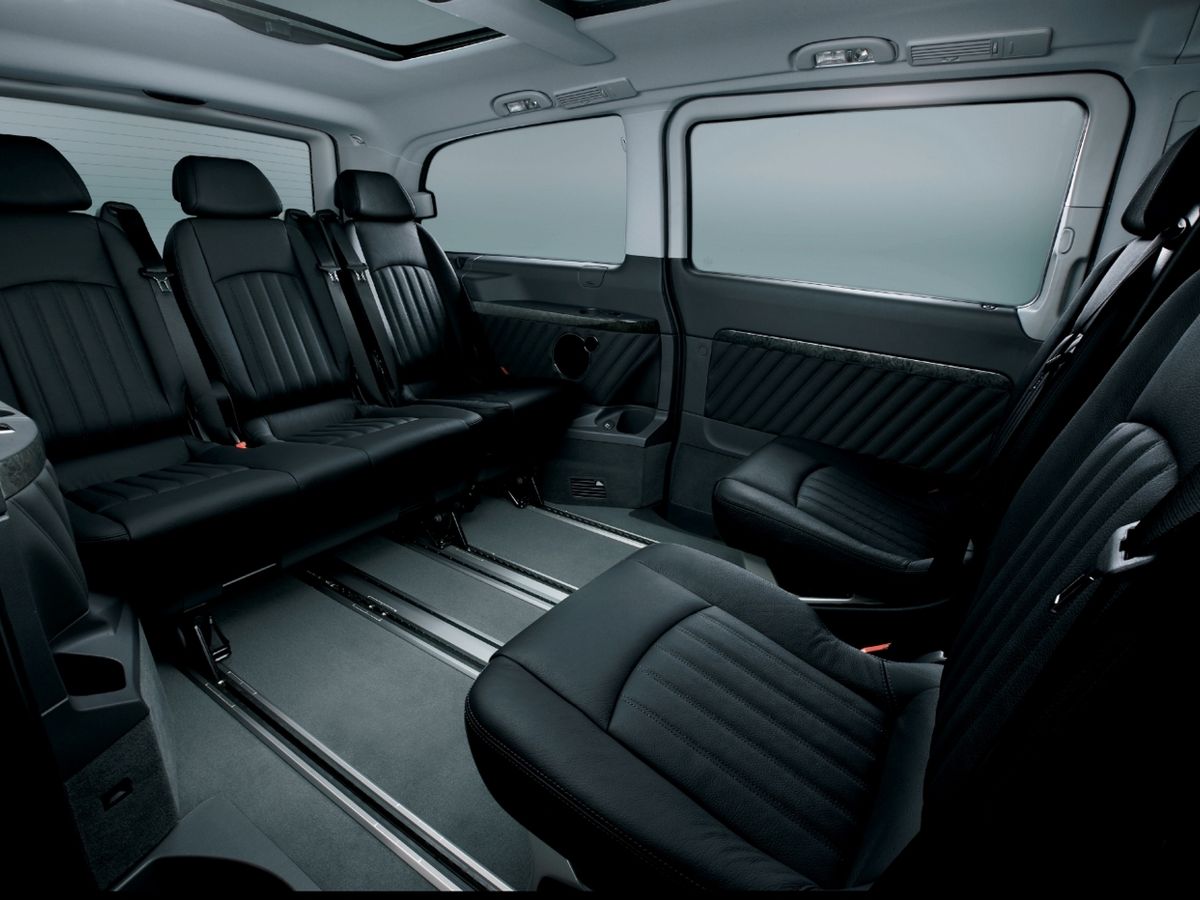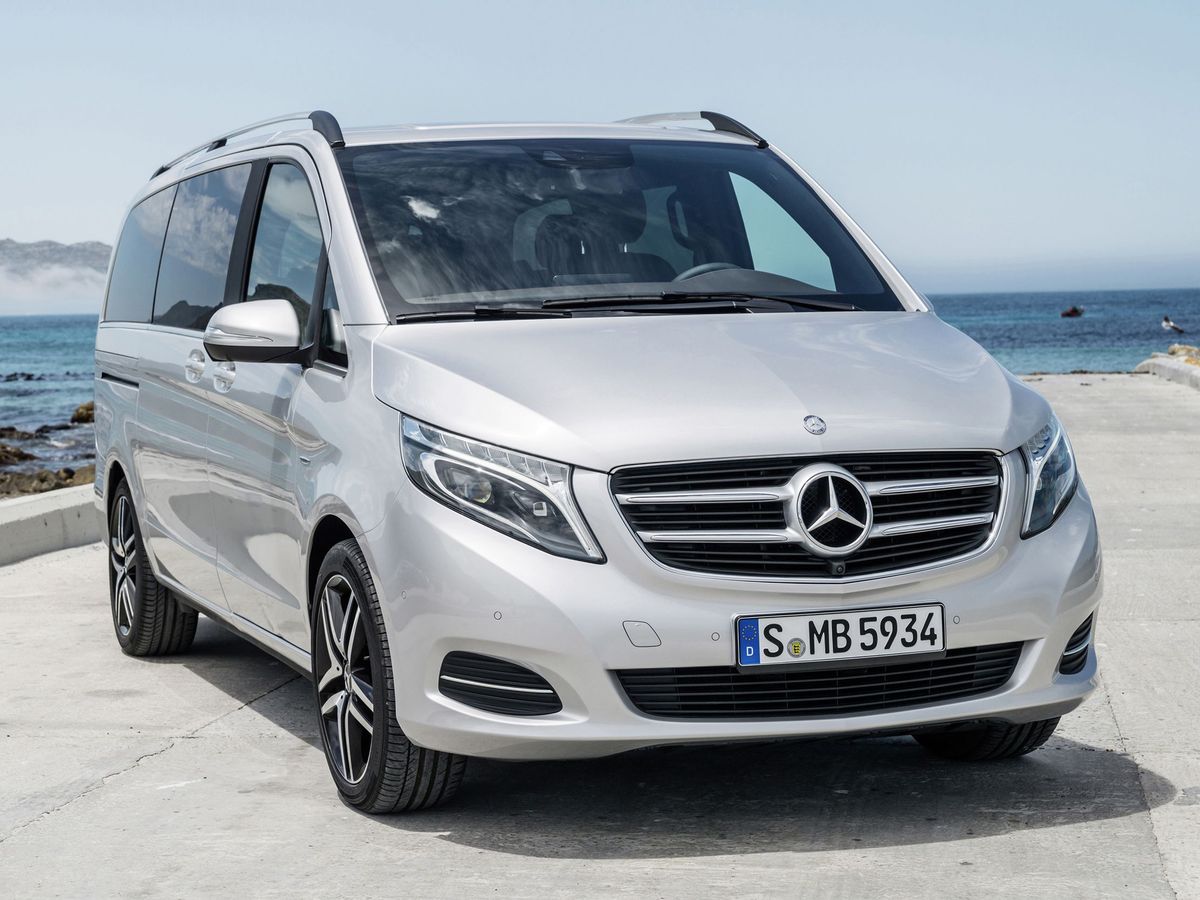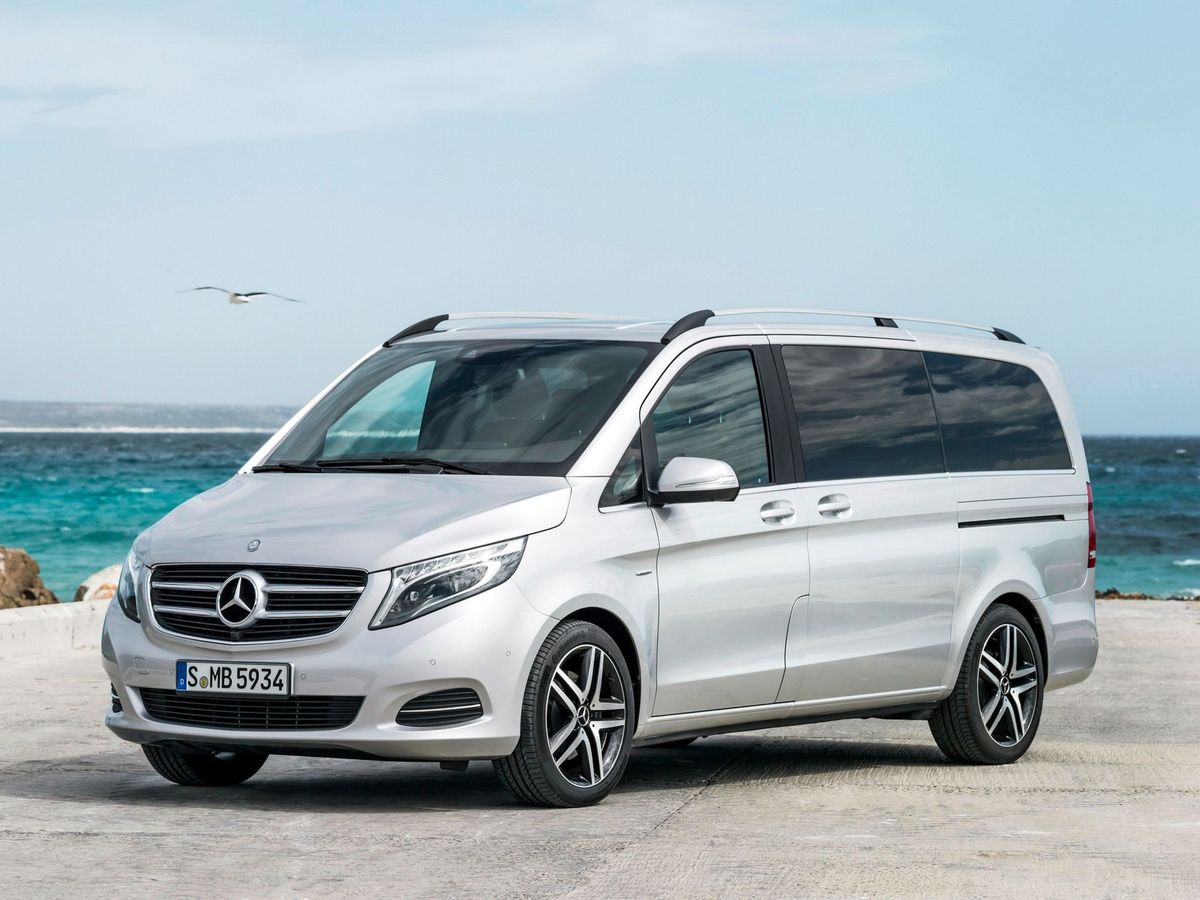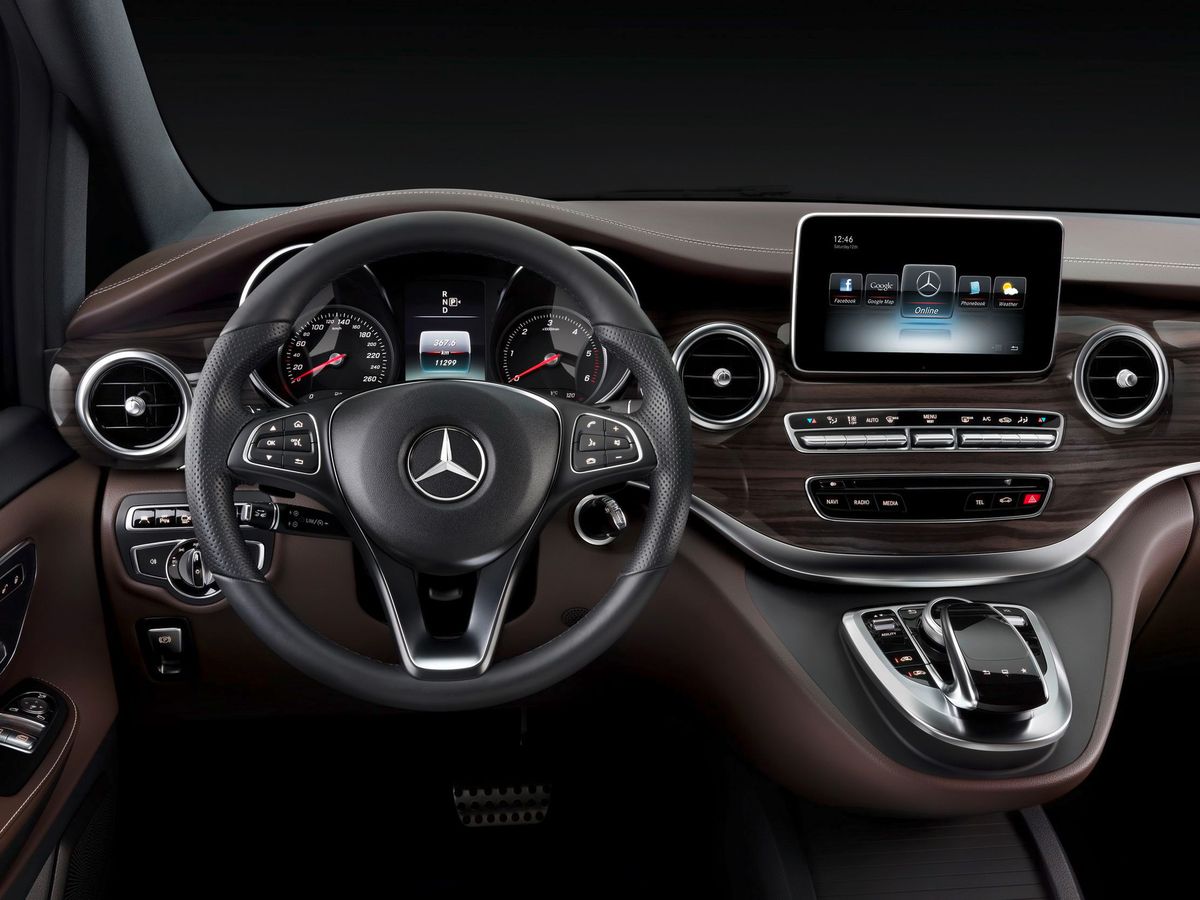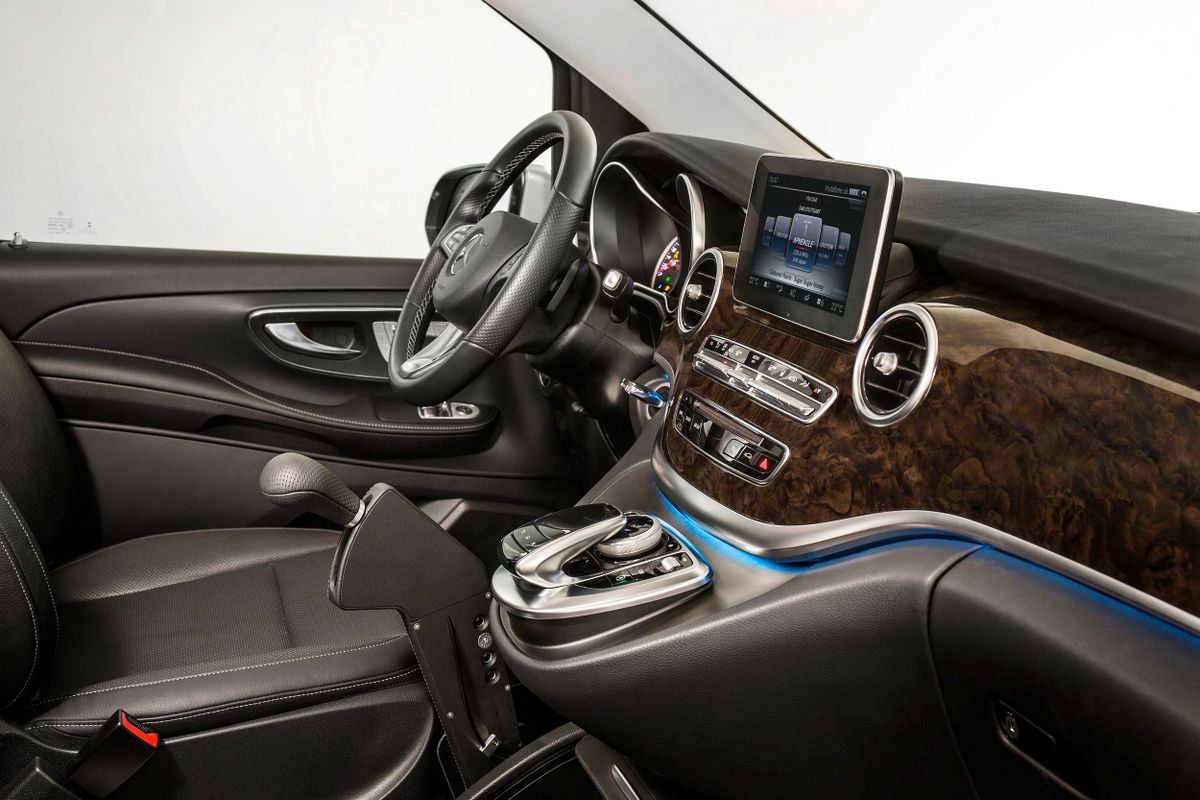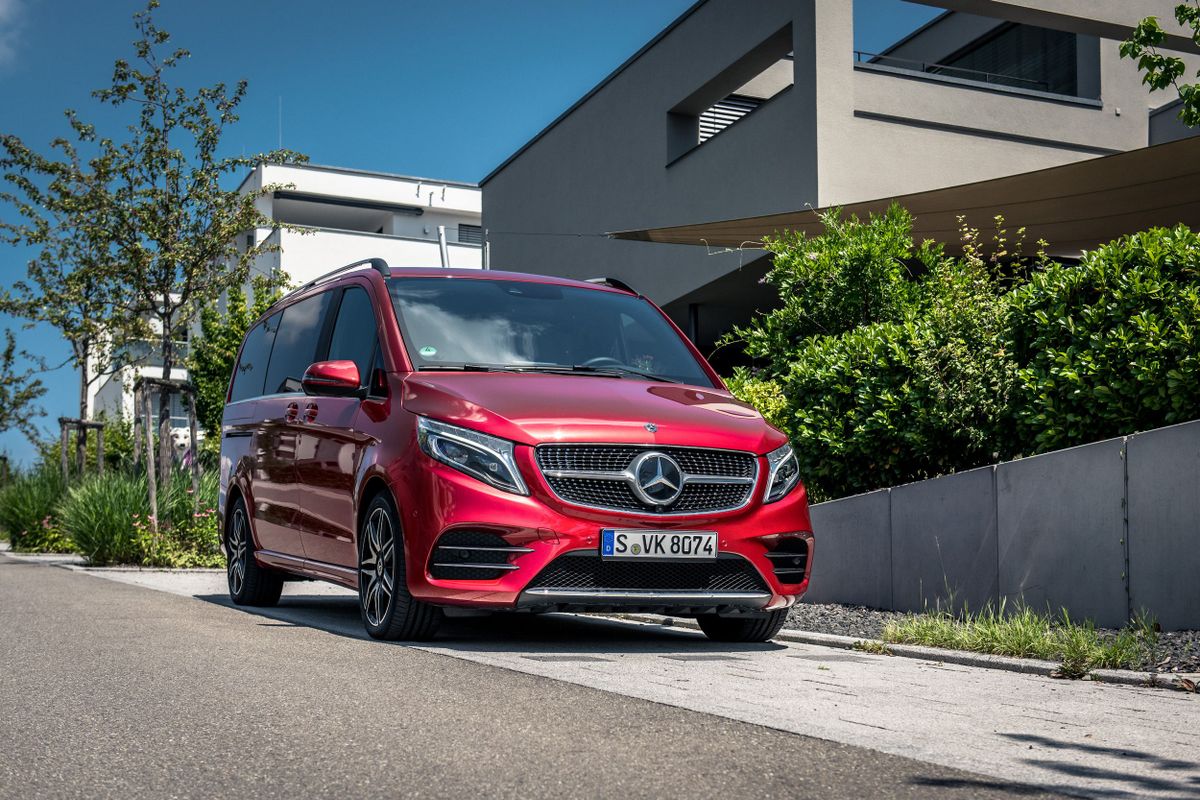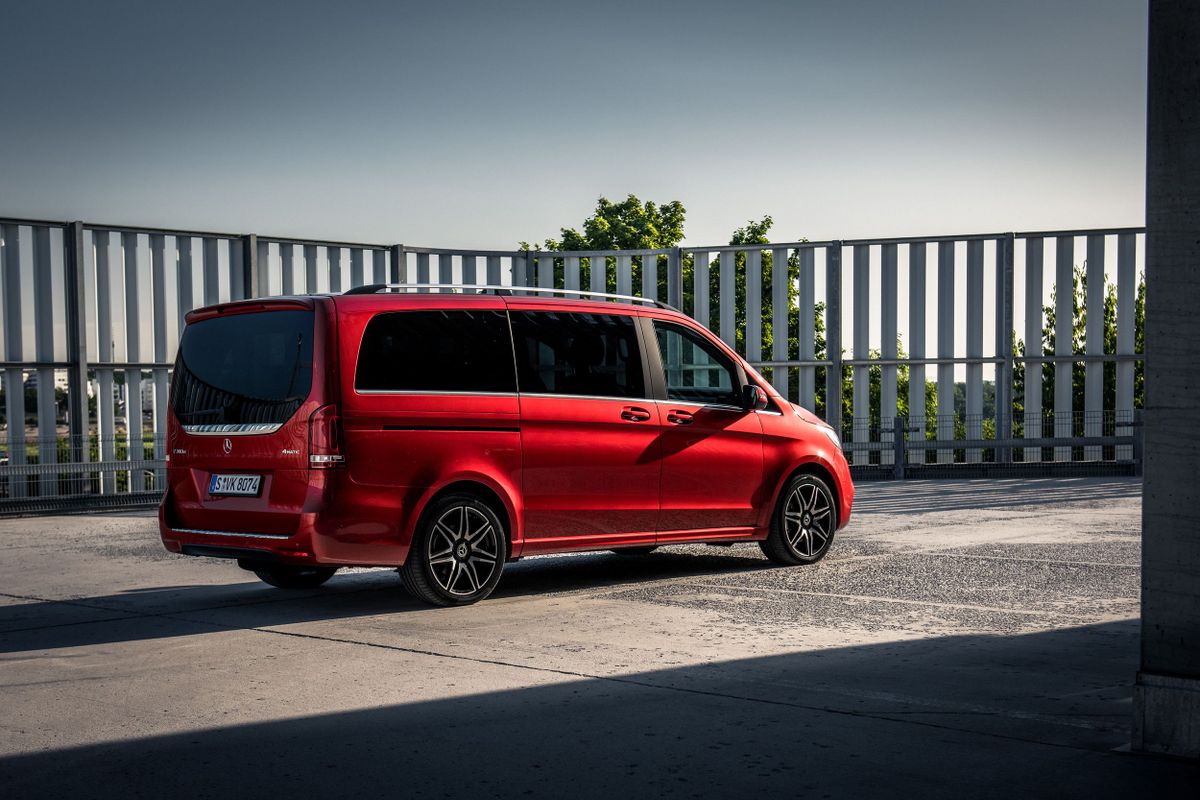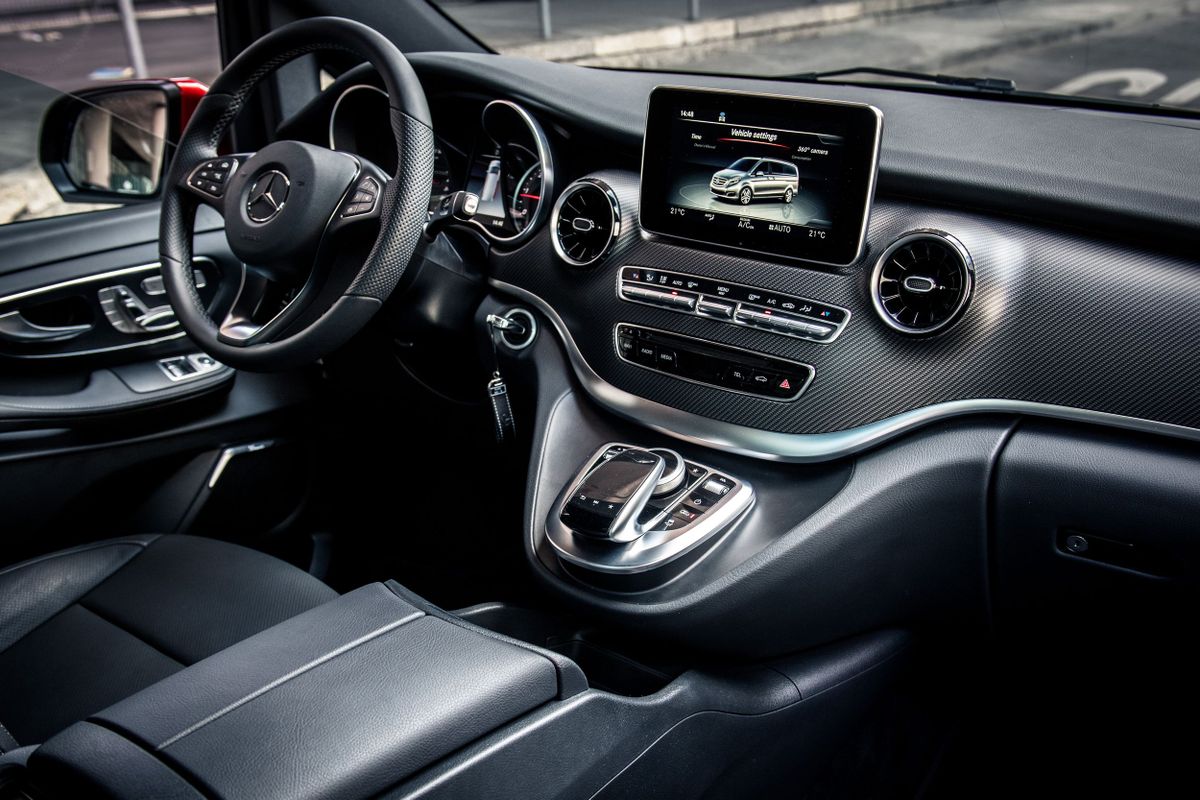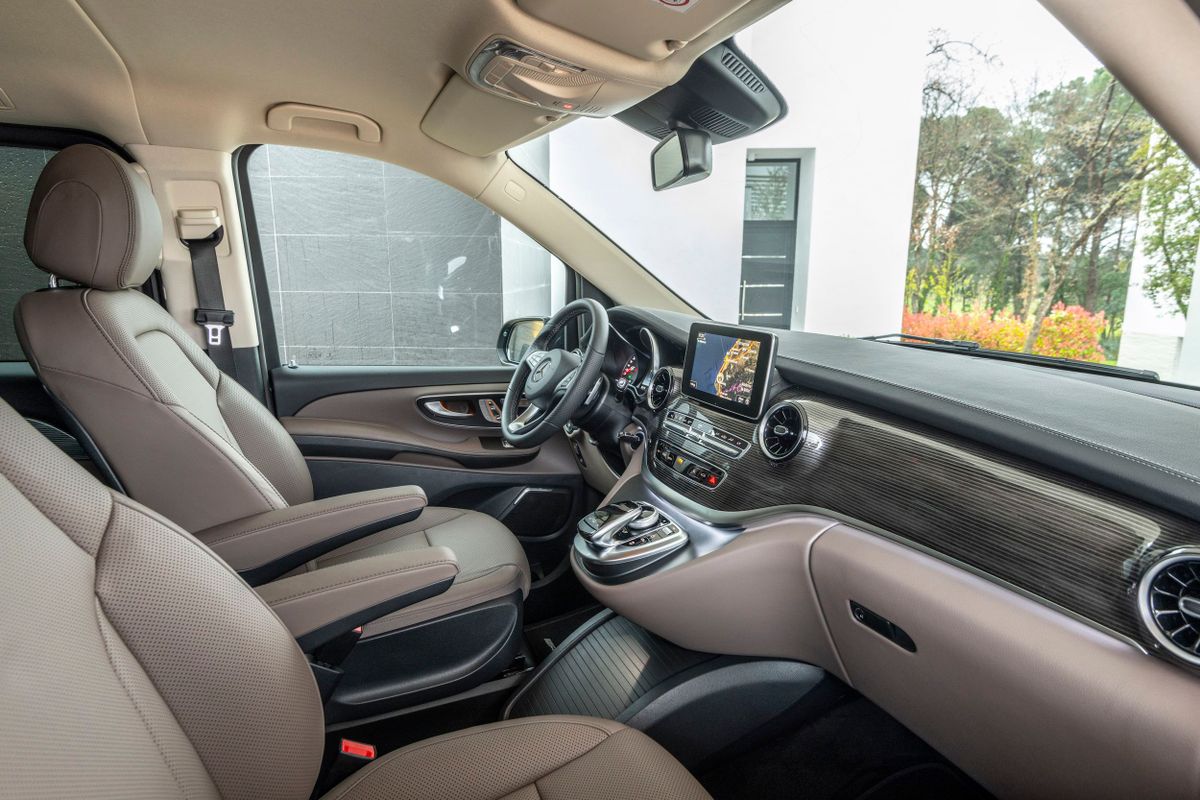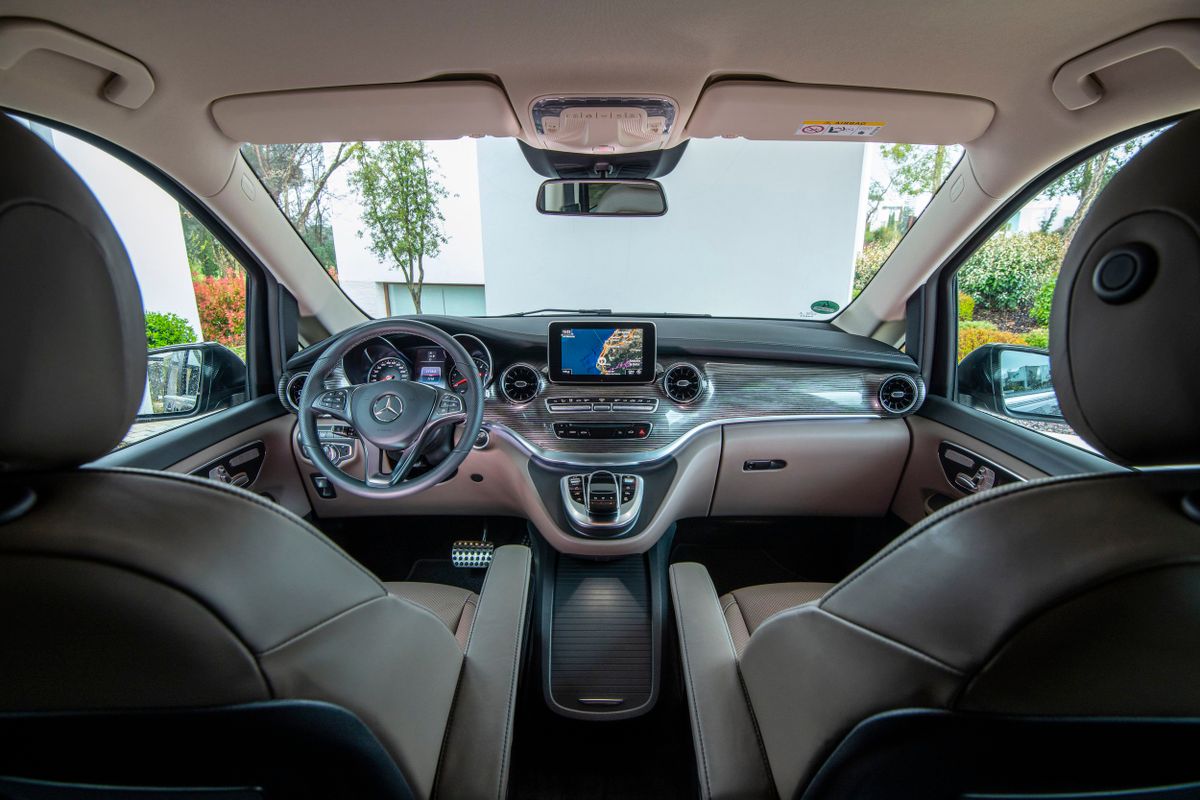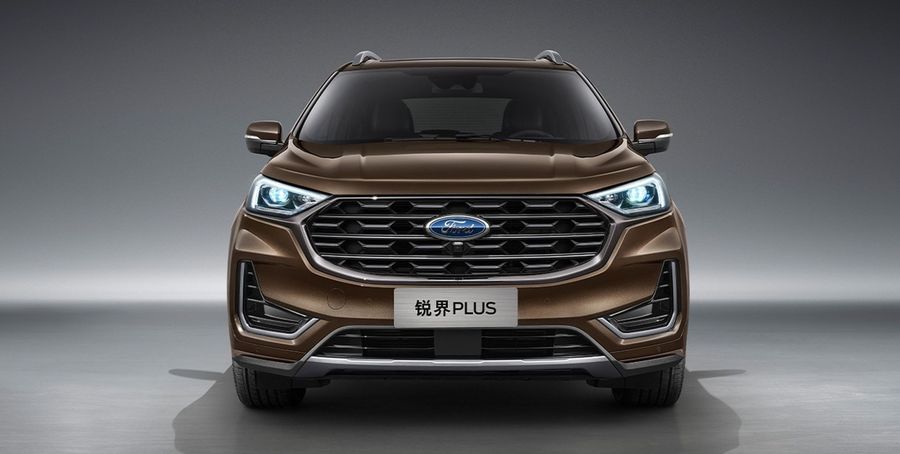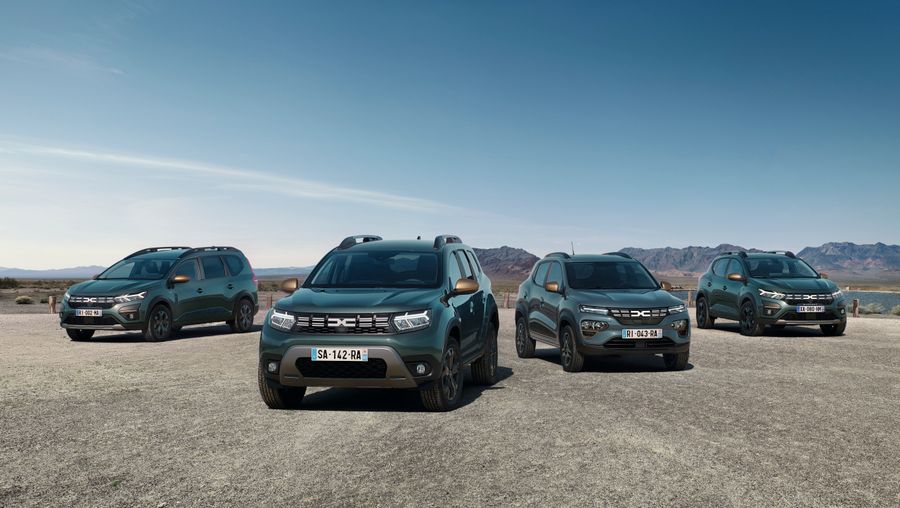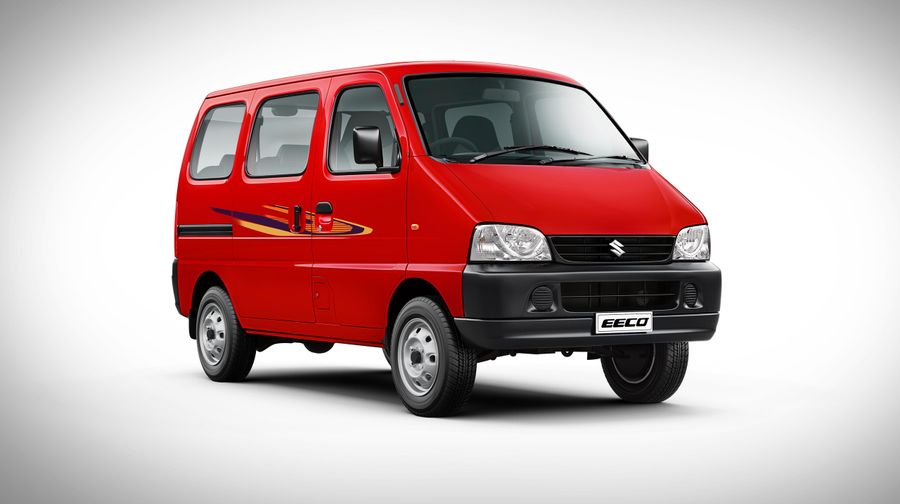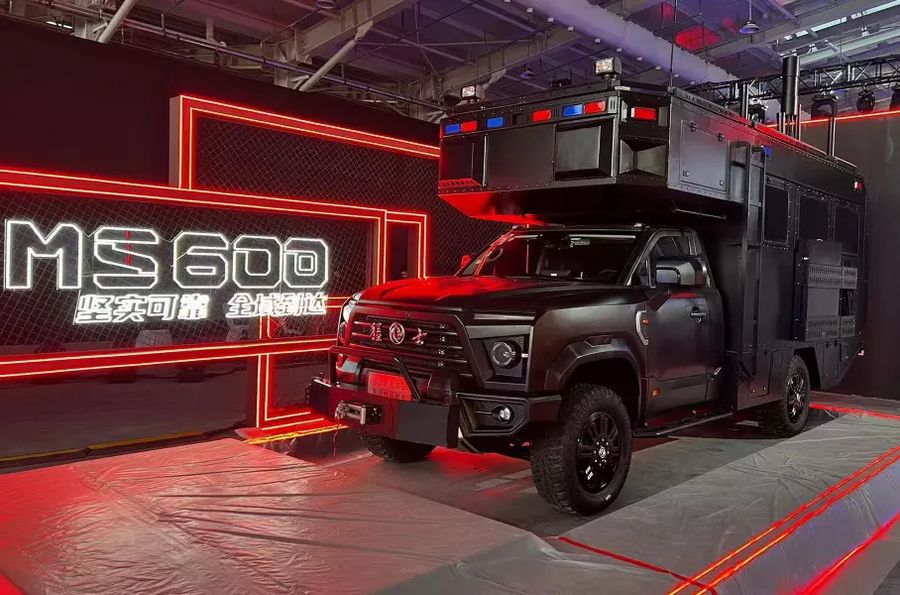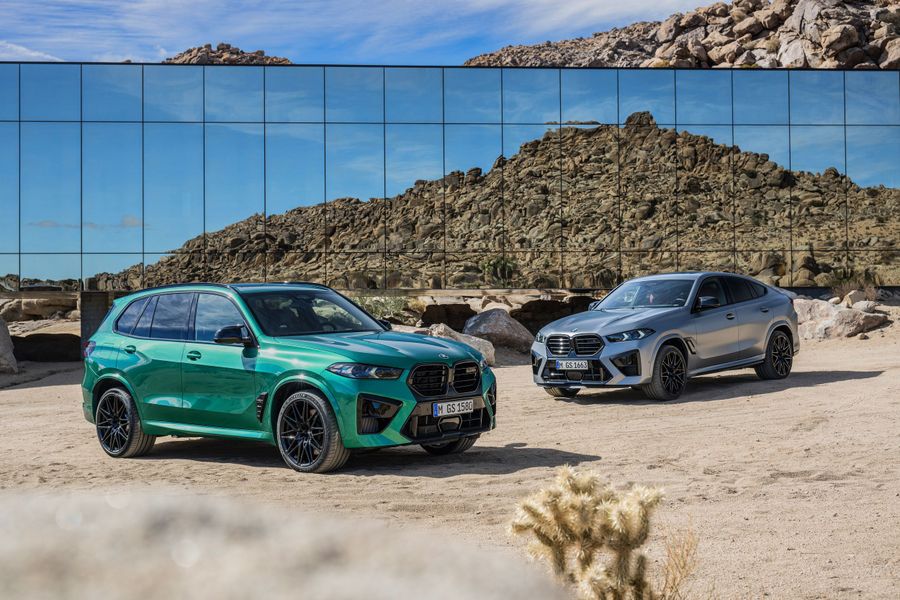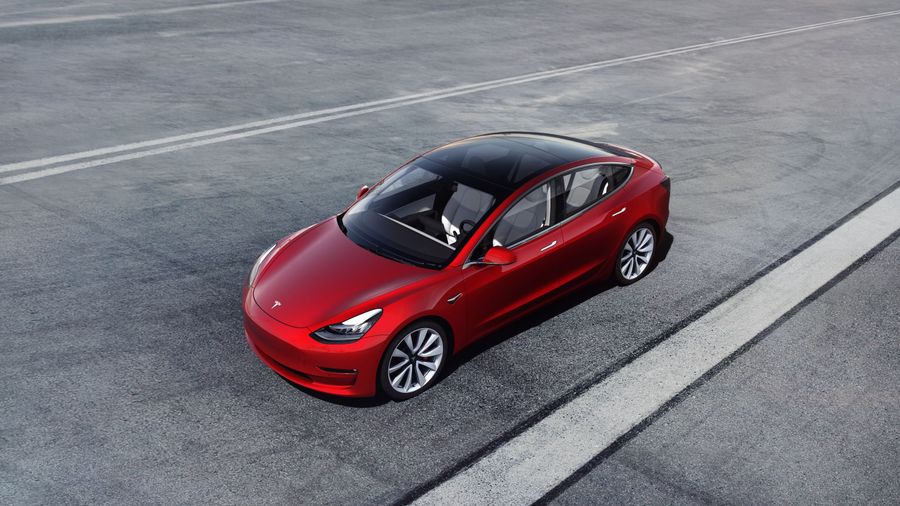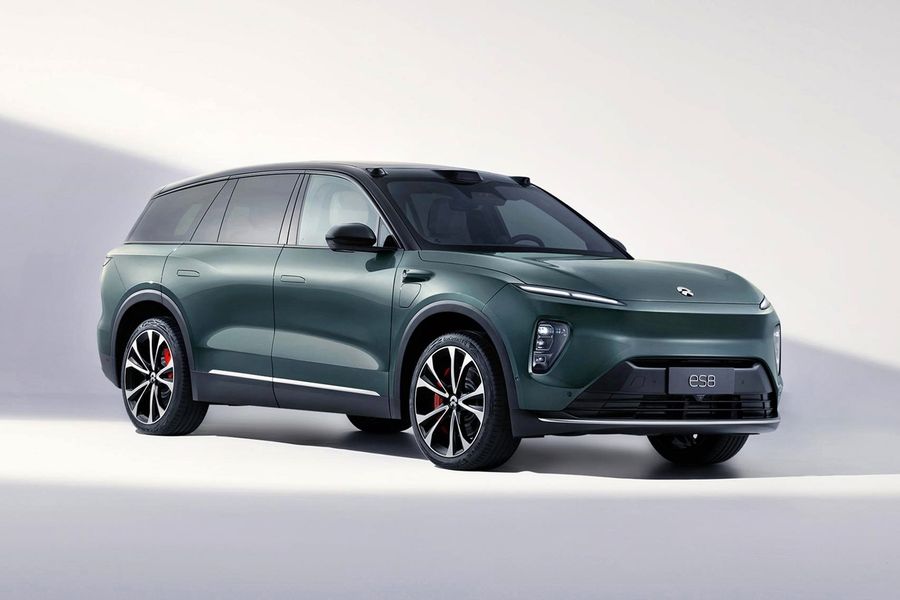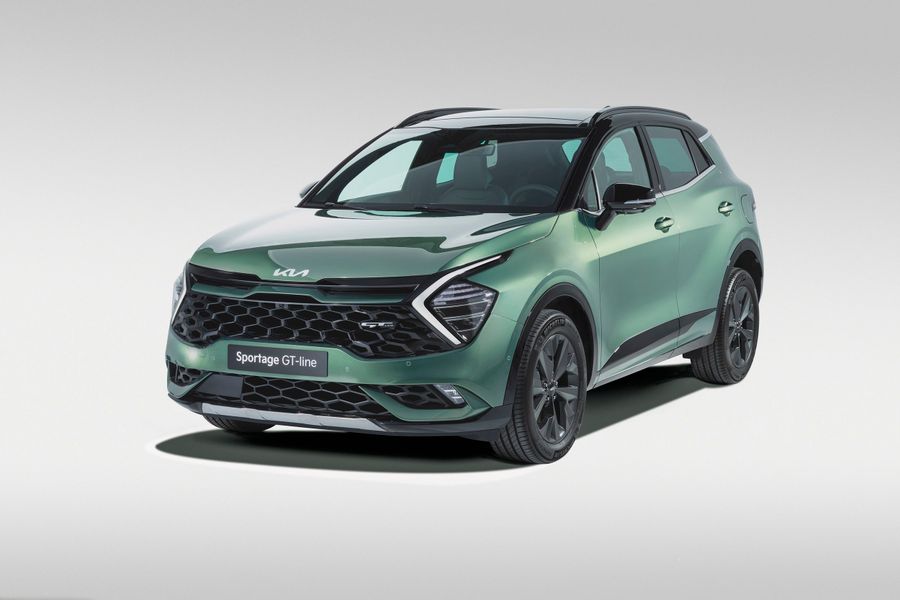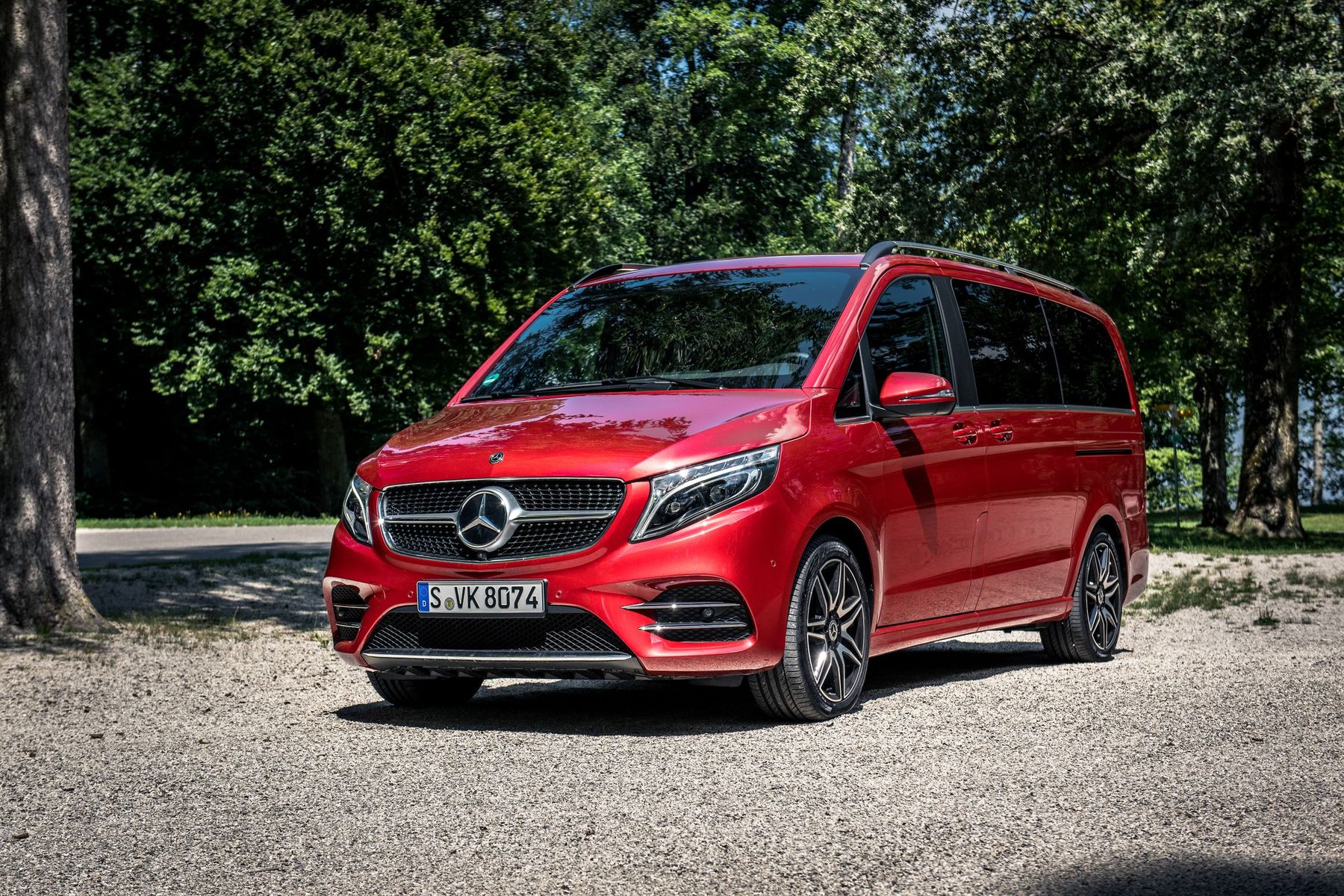
Mercedes V-Class. Maximum comfort
The Mercedes V-Class is a family of high-capacity minivans, produced since 1996 by Daimler AG, Germany. The vehicle is more used by companies or hotels, but it is can also be a convenient car for a large family. The V-Class is popular. Thus, since 2014, 209 thousand of these expensive vehicles have been sold around the world, while 2018 became a record year with 64 thousand minivans finding their new owners.
The V-Class is often described as the best choice for those who want to get an armored limousine, a freight truck and a van rolled into one. This is a versatile vehicle ‘for all occasions’, ranging from meeting your guests at the airport to bringing computers to the office. This minivan is almost like a mobile house or office, filled with the aromas of expensive perfume of secretaries, the sounds of mobile phones and laptop keyboards. In our opinion, this is not a house, but rather a first-class compartment, featuring leather seats with armrests, window curtains, large folding tables, ashtrays, cup holders, a 12-volt outlet. There is even a trash bin.
The first generation
It was produced from 1996 to 2003. The first V-Class was based on a small front-wheel drive Vito truck, which was released a year earlier, but had already established itself as a mobile office, a family minivan and a corporate taxi. It even won the title of the best van of the year. The new V-Class took the best from the Vito. The high level of comfort was insured by pneumatic elements with road clearance control, improved noise insulation and interior trim. The exterior was slightly changed. The minivan acquired front-wheel drive and a convenient control panel.
The resulting vehicle retained the capacity of a commercial van, but was more comfortable. The company decided to call the new minivan the V-Class by analogy with the Mercedes passenger families, although it looked more like a minibus than a minivan. It was suitable for up to 9 people with luggage (the volume of the cargo compartment was 581 liters). The freestanding high seats were equipped with 3-point seat belts and armrests for all passengers. The vehicle was standardly equipped with two front doors and only one sliding side door on the right side.
Following the 1999 modernization, the consumer qualities of minivans were increased due to a noticeable renovation of the interior and equipment. The vehicle started featuring a system of transformable seats, which made it possible to accommodate from 2 to 7 passengers. Moreover, the two middle seats could be turned against the movement, and a folding table could be installed between the rear row seats. With the rear seats removed and the middle row seats folded down, the useful capacity of the cargo compartment reached 4.56 m³.
The second generation
It was produced from 2003 to 2014. The second V-Class became exclusively passenger and more ‘luxury’. It received a completely new, more stylish and dynamic body. There was a choice of three body lengths with two different wheelbases (3.2-meter and 3.43-meter), which could be combined with a ‘low’ or ‘high’ roof. The trunk volume varied from 430 to 970 liters. Overall, the V-Class could suit every taste: a short wheelbase (body space of 4.65 cubic meters), a van with a medium wheelbase or a long wheelbase, suitable for transporting 3-meter pipes or boards. The shortest V-class was 4,748 mm. And the longest was 5,223 mm. There was also a version with a high roof (the height of the cargo compartment was almost 1.8 m, while the useful volume reached 6.5 cubic meters). The luxury passenger modification was named the Viano.
The second V-Class came with either 6 separate movable seats or small bench seats. It was possible to order swing doors or a lifting door. Those who loved traveling could finally purchase a real ‘mobile house’, the Mercedes V-Class Marco Polo. It featured a rising roof, a kitchen with a gas stove, two folding beds and wardrobes.
But most importantly, the new V-Class received rear-wheel drive and a longitudinal arrangement of the engine and gearbox. So it became much safer. For example, prior to the longitudinal arrangement, in case of a head-on collision, the engine ‘went’ into the passenger compartment, whereas the longitudinally located power unit ‘dived’ under the floor, without causing harm to the passengers. In addition, the developers equipped the minivan with electronic safety systems: ABS, ASR and ESP.
The third generation
It has been produced from 2014 to the present, and was restyled in 2019 (as of 2021). The new V-Class is almost a passenger Mercedes with a refined and solid exterior, aimed at families with two or more children and outdoor enthusiasts. The minivan can have different wheelbases (3,200 and 3,430 mm) and body length (4,895, 5,140 and 5,370 mm). In general, Mercedes has tried to make a minivan that suits every client.
The suspension of the new Mercedes V-Class is completely independent. The vehicle has a McPherson strut front suspension and a multi-link rear suspension. High driving comfort is ensured by the Agility Control suspension with selective damping system, while the version with the sports package is equipped with a sports suspension lowered by 15 mm with stiffer springs, stabilizers and active dampers. The new V-Class comes with a variety of petrol and diesel versions, with engine outputs ranging from 136 to 211 hp, with rear-wheel drive and (for the first time!) all-wheel drive, with manual or automatic transmissions.
The Exterior Sports and Interior Design packages are available for the body and interior. The basic equipment includes climate control and a multimedia system. The automatic tailgate makes loading and unloading easy. The standard trunk volume is 1,030 liters, but it can be increased to 4,630 liters. One of the features of the new V-Class is the self-opening rear door glass. Particularly noteworthy is the Marco Polo version, a real comfortable mobile home, perfectly adapted for long journeys.
Versions:
- V-Class Avantgarde: sports suspension, 17- or 18-inch light-alloy wheels, Nappa leather and wood trim, additional interior lighting and a number of features designed to enhance interior comfort and luxury.
- V-Class Special Edition: roof rails, heated washer nozzles, auxiliary water heater, heated front seats, two sliding side doors.
- V-Class AMG: 19-inch wheels, AMG rear spoiler and other exterior and interior decorative elements.
- V-Class Exclusive: Burmester premium sound system, panoramic roof with a sunroof, refrigerator in the center console, separate second-row seats with individual armrests, an electric rear door.
2019 restyling
The restyled 2019/2020 Mercedes V-class has a new front bumper with a full-width air intake and a slightly modified radiator grille. There are Avantgarde, Exclusive (more chrome) and AMG Line (more aggressive styling) variants. The design of ventilation deflectors has changed, which (following the example of Mercedes passenger cars) now resembles turbines. The design of the scales of analog devices has slightly changed, other finishing materials have appeared. There are optional upgraded luxury seats for second-row passengers with the functions of a berth, back massage and climate control (standard for Exclusive version).
As before, the new Mercedes V-Class has the largest panoramic roof in its segment with a sliding sunroof, a built-in refrigerator, illuminated cup holders and a thermos function, as well as a folding table. High quality sound is provided by the Burmester surround sound system with 15 speakers, with a total output of 640 watts. A new 2-liter engine, known from Mercedes passenger cars, has appeared: it is lighter and 13% more fuel-efficient. A 7G-Tronic transmission was replaced by a new 9-speed 9G-Tronic gearbox.
Modifications:
- The Mercedes V 200 comes with a 2-liter turbocharged petrol engine with 155 hp, coupled with a 9-speed automatic transmission. It is rear-wheel drive. Acceleration to 100 km/h occurs in 12.8 seconds, and the top speed is 181 km/h. The average fuel consumption is 5.8 liters per 100 km.
- The Mercedes V 200 d comes with a 2-liter turbocharged diesel engine with 136 hp. It can be either with a 9-speed automatic transmission or with a 6-speed manual transmission. The modification can be either rear-wheel drive or all-wheel-drive. The same diesel engine was boosted to 163 hp. With a 9-speed automatic transmission and a rear-wheel drive, such a minivan can accelerate to the first 100 km in 10.9 seconds.
- The Mercedes V 250 d features a 190 hp turbocharged diesel engine, paired with a 9-speed automatic transmission. The modification can be either rear-wheel drive or all-wheel-drive. Acceleration to 100 km/h occurs in 9.1 seconds.
- The Mercedes V 300 d comes with a 2-liter diesel engine boosted to 239 hp. Such a minivan can accelerate to 100 km/h in just 7.9 seconds, while the maximum speed is 220 km/h. Of course, minivans are not used for racing, but still…


